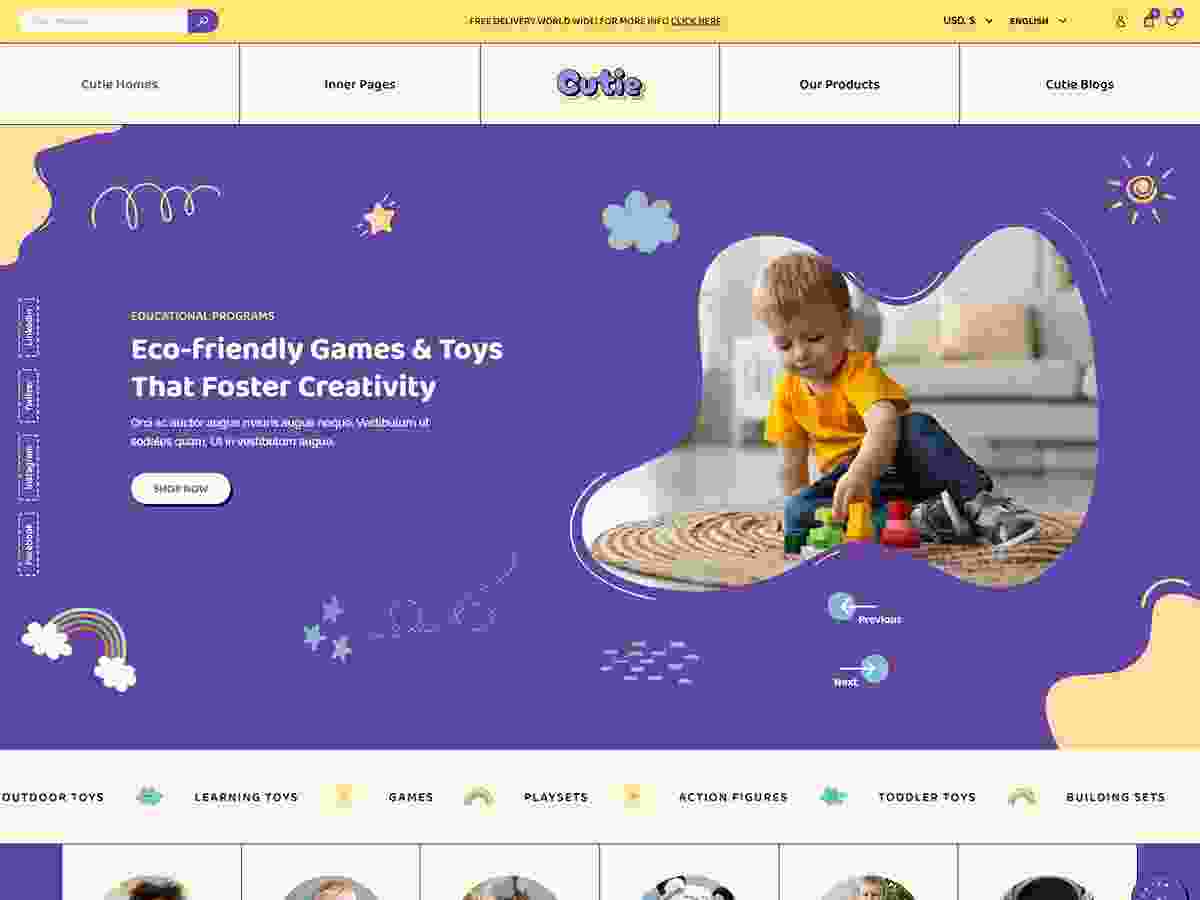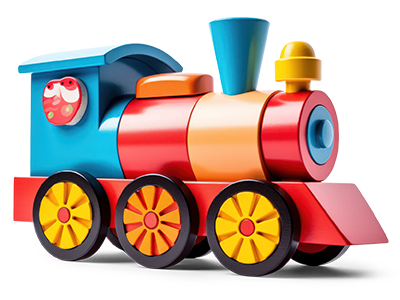Spas are increasingly popular for those seeking to escape the pressures of modern life and revitalize their body and mind. Originating from the Latin phrase “aquae Spadanae,” referring to baths in mineral-rich waters, the concept of spa therapy has evolved from European traditions to become a global phenomenon. Today, spas offer a comprehensive approach to wellness, encompassing body massages, wraps, sauna and steam baths, and various treatments designed for relaxation, rejuvenation, and health enhancement.
The core principle of a spa experience can be summarized as the 3 Rs: Relax, Rejuvenate, and Regain Health. Whether you seek a spa for simple relaxation or as part of a holistic health plan, understanding its benefits and options is key. For those considering spa treatments for specific health concerns such as insomnia, obesity, joint pain, hair loss, depression, or acne, consulting with an Ayurvedic doctor is recommended to tailor treatments to individual needs.
Spas offer a multitude of benefits, contributing to both physical and mental well-being:
- Stress Reduction and Mental Relaxation: Spa treatments are renowned for their ability to calm the mind and alleviate stress, promoting mental tranquility.
- Physical and Mental Rejuvenation: Spas revitalize both body and mind, combating fatigue and enhancing overall energy levels.
- Improved Blood Circulation: Massage and hydrotherapy in spas stimulate blood flow, improving circulation throughout the body.
- Detoxification: Spa therapies aid in eliminating toxins from the body, promoting internal cleansing and health.
- Anti-Aging Effects: Regular spa treatments can improve skin elasticity and tone, helping to slow down the visible signs of aging.
- Increased Joint Flexibility: Certain spa treatments enhance joint mobility and flexibility, reducing stiffness and discomfort.
While spas offer benefits for many, it’s generally advised to wait until after 12 years of age before starting spa treatments. Younger bodies are more delicate, and intense massages might be unsuitable. Between 12 and 18 years, milder therapies like massage, Shirodhara, and sauna baths are generally considered appropriate. However, simple massages can be suitable even for children as young as 5 years old. Individuals 18 years and older can typically enjoy the full range of spa therapies.
Spas can be broadly classified into two categories: Wet and Dry. Wet spa experiences include steam baths, saunas, and Jacuzzis, utilizing water for therapeutic purposes. Dry spa treatments encompass massages, facials, pedicures, manicures, and salon services, focusing on external treatments.
Among the various spa offerings, massage stands out as a central therapy. Other specialized treatments include Shirodhara, sauna, steam bath, and Jacuzzi.
Massage: Typically lasting from 45 minutes to an hour, massage therapy is available in various forms:
- Ayurvedic Massage: Primarily used to address lifestyle-related ailments, this massage type often requires the guidance of an Ayurvedic practitioner. It involves “Abhyangam,” a full-body massage performed by one or two therapists using medicated oils infused with herbs.
- Swedish Massage: Characterized by gentle, circular movements, Swedish massage is a light and relaxing option, popular particularly among women.
- Balinese Massage: This massage applies firmer pressure, concentrating on acupressure points to release tension and promote energy flow.
- Indonesian Massage: Utilizing Indonesian oils, this massage offers medium pressure, balancing relaxation and therapeutic benefits.
- Thai Massage: An ancient technique, Thai massage, also known as dry massage, uses powder instead of oil and involves stretching and pressure point application.
- Deep Tissue Massage: Designed for athletes and gym-goers, deep tissue massage uses significant pressure to target deeper muscle layers, improving joint flexibility and relieving chronic muscle tension.
- Facial Marma Massage: This specialized facial massage requires trained experts who apply precise pressure to specific marma points on the face, promoting balance and rejuvenation.
It’s advisable to receive a massage on an empty stomach, ideally at least 1.5 hours after breakfast or 2.5 hours after lunch.
Shirodhara: This therapy involves a continuous stream of specially prepared oil poured onto the forehead for 45 to 60 minutes. Oils like Mahanarayan oil, Nilbhrungadi, and sesame oil, often blended with other oils, are used to relax the mind and enhance concentration. Essential oils such as rose, jasmine, lavender, and lotus are also frequently used in spa massages for their aromatic and therapeutic benefits. During Shirodhara, it is important to keep the eyes closed to avoid irritation.
Steam Bath: A steam bath involves sitting in a chamber or room filled with steam generated from boiling water. Sessions typically last 25-30 minutes. Steam chambers are also available for home use, offering convenient access to this therapy. Before entering a steam bath, drinking a glass of water is recommended, and it’s important to stay hydrated by drinking water during the session. A cool, damp towel placed on the head or back of the neck (cold compress) can help prevent discomfort or dizziness.
Sauna: Saunas utilize dry heat in an enclosed room. Heated stones, often using coal, produce the heat. Sauna rooms are usually larger, allowing for movement and varied positions. Sauna sessions, like steam baths, typically last 25-30 minutes. Precautions similar to steam baths should be followed, ensuring hydration and taking breaks if feeling overwhelmed by the heat. Shorter sessions are recommended initially to acclimatize to the high temperature.
Jacuzzi: A Jacuzzi involves a large bathtub equipped with jets that spray warm water, massaging the body. Jacuzzi sessions generally last 20-30 minutes, providing hydrotherapy and muscle relaxation.
Panchakarma: In Ayurveda, Panchakarma is a detoxification and rejuvenation therapy involving five main actions to cleanse and restore the body. It consists of two phases:
-
Poorvakarma (Preparatory Phase): This includes Snehan (oleation) and Swedan (sudation).
- Snehan: Involves internal and external application of oils or ghee to liquefy and mobilize toxins.
- Swedan: Uses various methods to induce sweating, helping to eliminate toxins through the skin.
-
Pradhankarma (Main Procedures): These are the five main cleansing actions:
- Vaman (Emesis): Therapeutic vomiting induced to eliminate excess Kapha dosha, beneficial for respiratory and cough-related issues.
- Virechan (Purgation): Therapeutic purgation to eliminate excess Pitta dosha, helpful for digestive and skin disorders.
- Aasthapan Basti (Herbal Decoction Enema): Enema using herbal decoctions to balance Vata dosha, beneficial for lower back pain, sciatica, and other Vata-related disorders.
- Anuvasan Basti (Oil Enema): Enema using medicated oils to nourish and lubricate the intestines, also for Vata balance.
- Shiro-Virechan or Shirodhara (Nasal Medication or Head Stream): Nasal administration of medicated oils or pouring oil on the forehead, beneficial for ENT problems, headaches, and mental stress.
Other Spa Therapies:
- Hot Stone Therapy: Following a 30-minute massage, warm, oil-soaked stones are placed on the body for 15-20 minutes, enhancing pressure point effectiveness and relaxation.
- Bamboo Therapy: Similar to hot stone therapy, bamboo sticks are used for massage instead of stones, offering deep tissue manipulation and relaxation.
- Hot Tub Therapy: A tub is filled with mineral water and heated stones, allowing the water to flow over the stones, creating a soothing warmth and relaxation.
- Aromatherapy: Essential oils like eucalyptus, rose, lavender, and jasmine are added to sesame oil for massage, with complementary scents diffused in the spa environment to enhance relaxation and mood. Lavender promotes calmness, lemongrass relaxation, and peppermint refreshment.
- Body Wrap/Pack: Various packs, such as mud packs, fruit pulp and herb blends, or rice and spice packs, are applied to the body, which is then wrapped in cotton sheets.
- Mud Pack Therapy: Mud mixed with neem leaves or herbs is applied to the body for a cooling effect and pain relief.
- Potli Therapy: Herbs like neem and sandalwood are bundled in a cloth pouch (potli), warmed, and applied to the body for fomentation and therapeutic benefits.
- Beauty Treatments: Include facials, pedicures, manicures, and hair spas, involving cleansing, scrubbing, massage, and packs to enhance beauty and grooming.
Spa vs. Ayurvedic Treatment:
While spas primarily focus on relaxation and rejuvenation of the body and mind, Ayurvedic treatments are specifically aimed at addressing and curing diseases. For instance, Kati Basti, an Ayurvedic treatment for knee pain, involves creating a dough ring around the knee and filling it with warm oil for 20-25 minutes, followed by massage. Potli treatments are used for conditions like diabetes in Ayurveda. Spas can be enjoyed by anyone for general wellness, whereas Ayurvedic treatments are typically prescribed for specific health conditions.
Spa vs. Massage:
Massage is a component of a spa experience. While all types of massages can be found in spas, spas offer a broader range of services beyond massage, including steam baths, saunas, body packs, and wraps.
Types of Spas Based on Location:
- Urban Spas: Located in shopping complexes, malls, health clubs, and airports, offering convenient access to massages, hair care, and facials.
- Medical Spas: Focus on skin treatments for issues like blemishes, pigmentation, and wrinkles, often using laser or Botox treatments under medical supervision.
- Destination Spas: Involve longer stays (2-5 days) with a focus on water therapies and physical activities, promoting immersive wellness experiences.
- Hotel/Resort Spas: Found in hotels and resorts, primarily for relaxation, offering massages and sauna baths to guests.
- Cruise/Ship Spas: Spas on cruise ships offer relaxation services similar to land-based spas, catering to travelers.
Contraindications for Spa Treatments:
Spa treatments should be avoided under certain conditions:
- Fever, infections, or injuries.
- Within 6 months post-surgery.
- Individuals with high blood pressure should avoid steam baths and saunas.
- Serious conditions like paralysis or cancer, unless for gentle relaxation therapies and under medical advice.
- Pregnancy: Spa therapies are generally not recommended during pregnancy. Foot therapies may be considered during the 3rd to 6th month of pregnancy but should be avoided before and after. Post-delivery, wait 3 months after normal delivery and 6 months after a Cesarean section.
Frequency of Spa Visits:
For general wellness, spa treatments can be enjoyed every 15 days or as a week-long intensive therapy every 6-9 months. Ayurvedic doctors can provide personalized recommendations based on individual needs. While spa treatments can be beneficial, it’s important to enjoy them as a healthy habit rather than an addiction.
Spa Treatment Costs:
Costs vary based on brand reputation, facilities, and specific treatments. However, a single therapy session generally ranges from approximately ₹1000 to ₹3000.
Additional Precautions:
- Choose reputable spas to minimize the risk of infections and ensure professional services.
- Be aware that massage and steam treatments can raise body temperature and blood circulation towards the head, potentially causing dizziness or nausea. This is usually temporary.
- If discomfort occurs, step out of the steam or sauna and rest.
- Inform the spa therapist about any health issues or sensitive skin beforehand.
Evaluating Spa Quality:
The quality of a spa can be assessed through the five senses:
- Sight: Observe the cleanliness and ambiance of the environment.
- Smell: Check for pleasant and soothing aromas.
- Touch: Assess if the temperature is comfortable and conducive to relaxation.
- Taste: Note the quality of refreshments like juices offered, often indicative of overall standards.
- Hearing: Evaluate the presence of soft, soothing music that enhances relaxation.
Ideal Spa Procedure:
- Start with a glass of water.
- 5 minutes of sauna.
- 45-60 minutes of massage.
- Another glass of water.
- 5-10 minutes of steam bath.
- Shower.
- Finally, a glass of juice.
What to Bring to a Spa:
- A pair of undergarments.
- A towel (though often provided by the spa).
Expert Panel:
- Dr. V. R. Dilip, Ayurvedic Expert, Bapu Nature Care Hospital
- Dr. Vikas Vineet, Ayurvedic Expert, Art of Living
- Dr. Rahul Dogra, Expert, Kairali Ayurvedic Group
- Dr. Amit Bangia, Dermatologist, Asian Institute of Medical Sciences





